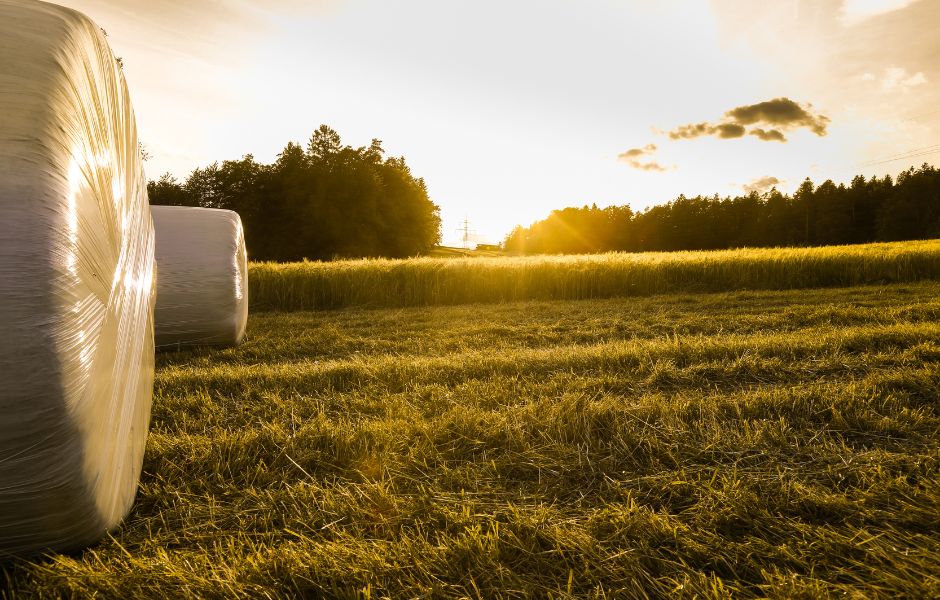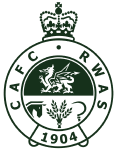The Royal Welsh Agricultural Society has played a leading role in the development of agriculture and the rural economy in Wales for over a century, since its formation in 1904.
Today our work includes providing support for business, social welfare and education in rural communities, and the organisation and staging of our ever-popular society events; the Smallholding and Countryside Festival, the Royal Welsh Show and the Winter Fair.
SMALLHOLDING AND COUNTRYSIDE FESTIVAL
Royal Welsh Showground, Llanelwedd, Builth Wells, Powys. LD2 3SY
We look forward to seeing you at the next Smallholding & Countryside Festival on 18th & 19th May 2024.
ROYAL WELSH SHOW
Royal Welsh Showground, Llanelwedd, Builth Wells, Powys. LD2 3SY
We look forward to seeing you at the Royal Welsh Show from 22nd – 25th July 2024.
ROYAL WELSH WINTER FAIR
Royal Welsh Showground, Llanelwedd, Builth Wells, Powys. LD2 3SY
We look forward to seeing you at the next Winter Fair on 25th and 26th November 2024.
SHOWGROUND
The 150 acre Royal Welsh Showground is open all year round. We host an array of exciting events set against the spectacular views of the Welsh countryside.
The Showground boasts many different venues catering for a variety of occasions such as weddings, business meetings, conferences, concerts, exhibitions and much more.
The Royal Welsh Agricultural Society has played a leading role in the development of agriculture and the rural economy in Wales for over a century, since its formation in 1904.
Today our work includes providing support for business, social welfare and education in rural communities, and the organisation and staging of our ever-popular society events; the Smallholding and Countryside Festival, the Royal Welsh Show and the Winter Fair.
Clamp and Big Bale Silage Competitions 2022

The 2022 all Wales clamp and big bale silage competitions run by the Royal Welsh Agricultural Society and the Federation of Welsh Grassland Societies, has again seen some top quality silage produced by many of the best silage growers from across Wales.
Silage is key to the production of meat and milk on many Welsh farms, and the competition is one of the most contested in the industry.
All Wales Clamp Silage Competition
The winner of the clamp competition, sponsored by Wynnstay Group PLC and supported by Agri Lloyd International Ltd, is Ifan Ifans of Tyddyn Cae, Boduan, Pwllheli.
The All Wales Clamp Silage competition has been running since 1979 and is open to all members of the 22 Welsh grassland societies. Five regional finalists then go through to the All-Wales final which this year was judged by technical judge, John Evans; Industry sponsor Bryn Hughes of Wynnstay; and the Clamp Silage competition winners 2020 Michael Williams of Fagwrfran East, Puncheston, Haverfordwest and 2021 winners Nigel Williams and Joy Smith of Parc-y-Marl, Llysyfran, Clarbeston Road, Pembrokeshire.
The Judging Panel agreed that Tyddyn Cae met all the criteria laid out in the competition specifications. It is a well-managed system. Whilst the analyses on the quality of the silage is important, the judges also visit each farm to assess clamp management and feeding practices amongst other efficiency markers.
Tyddyn Cae is a 520-acre dairy farm situated on the Llyn Peninsula, with 400 acres grass used in rotation and 120 acres arable forage (80 undersown wholecrop and 40 acres maize). They have a total milk production each month of 6700 litres/cows. Butterfat 4.6% Protein 3.7%
The foundation of the winter ration analysed at DM 33%, D-value 74.6%, ME 11.9 MJ/kg and CP 12.8% showing high intake levels and a very well made crop.
200 acres was taken for the first cut on the 5th of May – the crop was wilted for 18hrs and the ensiling process completed in a day. Ecosyl additive is used at each cut. There was a second (10th June) and third cut (22nd July) of 250 acres, each making up a total of 2000t ensiled.
All Wales Big Bale Competition
The winner of the big bale competition, sponsored by BPI Agriculture (Silotite), is Gerwyn Williams of Swmbarch, Letterston, Haverfordwest.
The All-Wales Big Bale competition has become increasingly popular since its inception in 1996. It is open to all members of the 22 Welsh grassland societies, and is a challenging competition to win. This year’s competition was judged by Dr Dave Davies, Silage Solutions; Stuart Anthony (Industry Sponsor BPI Agri); and Gary and Jess Yeomans, Pant Farm, Llanvertherine, Abergavenny (2021 FWGS Big Bale Competition Winner).
Lead judge, Dave Davies said: “The competition was keen this year with some excellent quality silages on show. With the scoring changes that have occurred it is vitally important that the competitors focus not only on producing top quality silage but also ensuring the silage nutritive value is optimized for the animals they are feeding. In addition, a large proportion of the marks are awarded for other aspects of the silage making and feeding process and maximizing reliance on forages within the whole farm feeding systems and quality of stock consuming it.”
Competition winner, Gerwyn Williams runs a closed suckler cow herd taking all beef through to finishing, supplementing with home grown cereals and minimal bought in concentrate. 48 cows all AI genus Closed herd and all beef animals sold before 24months. Gerwyn not only optimises Silage Quality to the animal’s nutritional needs but supplements his growing and finishing beef with home grown cereals and thus requiring minimal use of bought in concentrates. Cows are on silage and arable silage, youngstock are on 1.5kg/hd home mix and finishing stock on 5.5kg/hd home mix and adlib silage. Protein supplement is only purchased feed. Most of the feed is from silage. He has been a finalist on a number of occasions but has never been the winner…this year however, he has become the cream of the cream.
Swmbarch has three harvesting cuts (May, July, August) with last year totalling 380bales plus baled Barley/Peas arable silage undersown grass.First cut wilted for 48hrs second and third 24hrs each. Gerwyn’s big bale analysis showed DM 52.1%, CP 11.6, D-value 59.8, ME 9.6, and pH 4.8.
Technical Judge Dave Davies said “Feeding different quality silages to different classes of stock within beef and sheep farms is also crucial to economic and environmental sustainability. The judges found that Gerwyn Williams was optimising his forage feeding strategy best amongst the finalists. His targeted forage feeding resulted in lower bought in feed costs and enabled him to see the many other knock-on advantages that this approach provides.”
